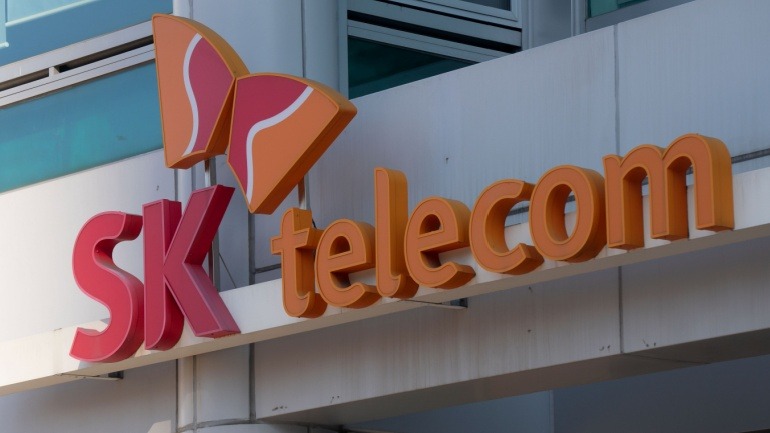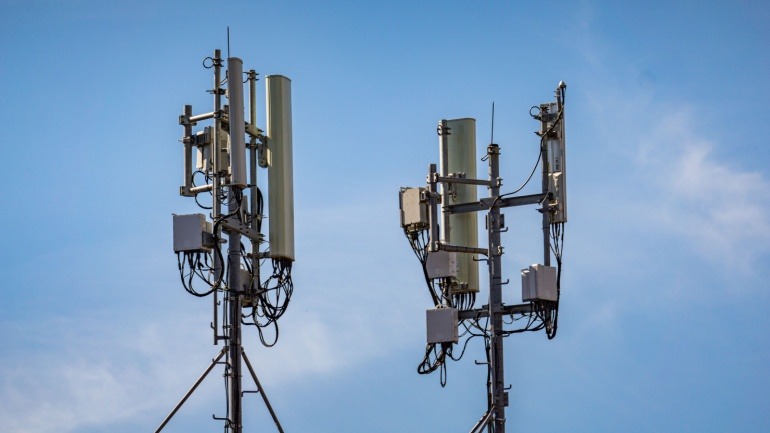Apollo Global Management has acquired a majority stake in Stream Data Centers to meet growing US demand for cloud and AI infrastructure. With Apollo’s capital and expertise, SDC plans rapid expansion of its campuses and development pipeline, aiming to serve top technology clients.
SK Telecom saw 5G subscribers rise to 17 million despite a cybersecurity setback, while profits fell sharply due to higher infrastructure spending. Its AI business grew strongly, driven by data center and business solutions sales, with major AWS-backed expansion plans.
Tele2 is reshaping the Baltic telecom landscape by forming a joint venture with GCI, overseeing 2,700 telecom tower sites in Estonia, Latvia, and Lithuania. As Tele2 becomes an anchor tenant, this strategic move optimizes value from tower assets.
Globe Telecom is finalizing a major tower sale, divesting nearly seven thousand sites since 2022 and raising over PHP89 billion. The proceeds strengthen liquidity, reduce debts, and fund future expansions. Recent deals with MIDC and PhilTower mark steady progress toward a leaner, more agile operation.
Meta reported strong quarterly results with revenue rising 22% to $47.52 billion and net income up 36 percent to $18.3 billion. Growth is driven by AI initiatives, though expenses climbed due to infrastructure and talent costs.
Optus has partnered with Nokia to boost its 5G voice services using Nokia’s Cloud Native Communication Suite. The system will unify 4G and 5G cores on cloud platforms, improve efficiency, and reduce energy use.
Intel is set to spin off its Network and Edge Group (NEX) as part of a strategic optimization to bolster its core focus. This move, aligning with CEO Lip-Bu Tan’s vision, mirrors the successful Altera spin-off, aiming to attract strategic investors and enhance financial stability.
The Department of Energy will establish AI data centers at four federal sites in Idaho, Tennessee, Kentucky and South Carolina. These centers will use existing energy resources and infrastructure to accelerate AI and semiconductor projects.
Tesla and Samsung signed a sixteen and a half billion dollar deal to produce custom AI chips in Texas through 2033. The agreement centers on Tesla’s AI6 chip for autonomous vehicles and robotics, boosting Samsung’s foundry business and advancing US semiconductor goals while strengthening ties between American and Korean industries.
Orange Cyberdefense has acquired Swiss firm ensec to expand its presence in Switzerland, especially in German speaking regions. The deal strengthens its market position, adds 40 experts and over 130 clients, and combines local expertise with global reach to deliver stronger cybersecurity services for businesses and public sector organizations across Europe.













